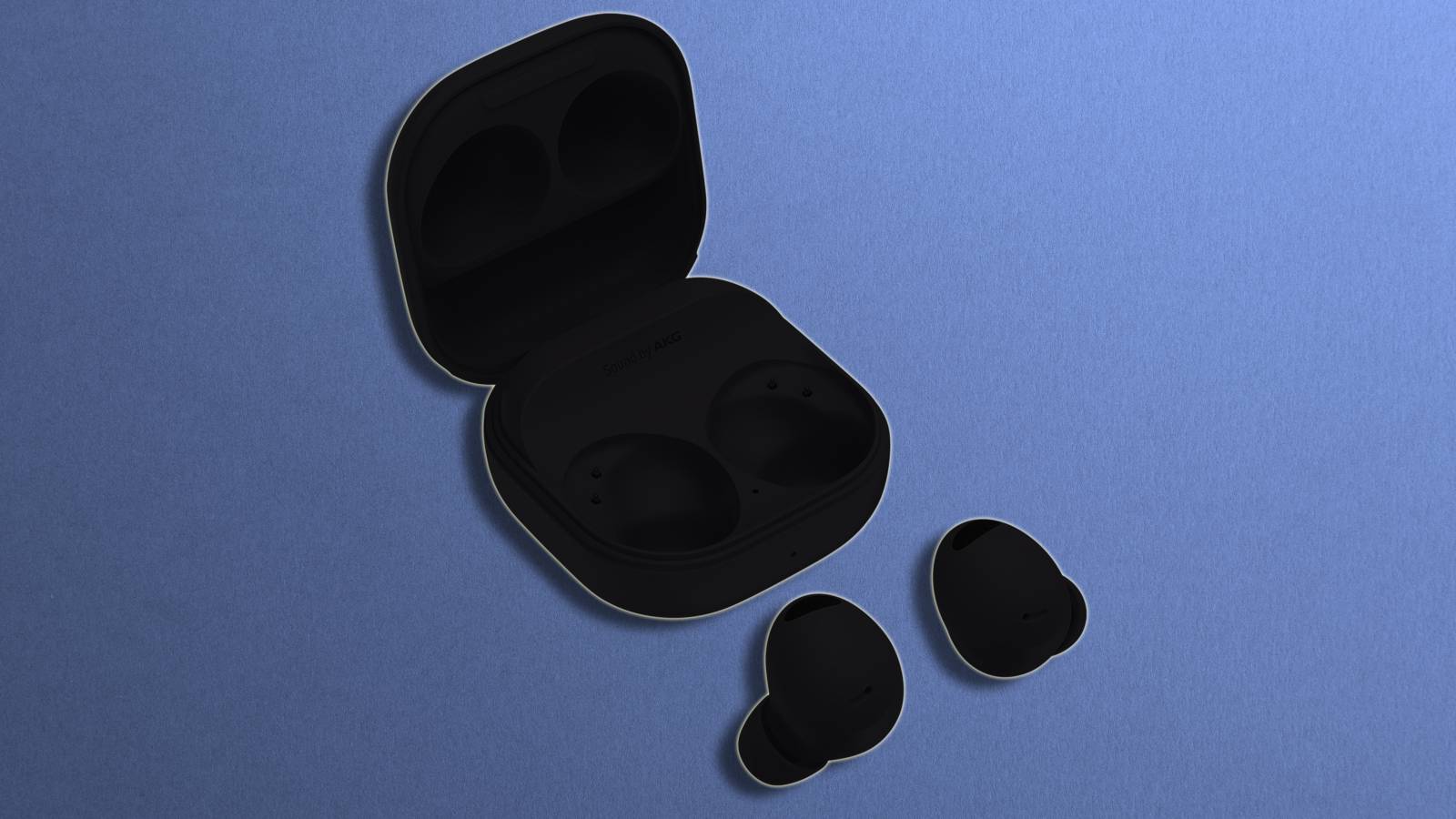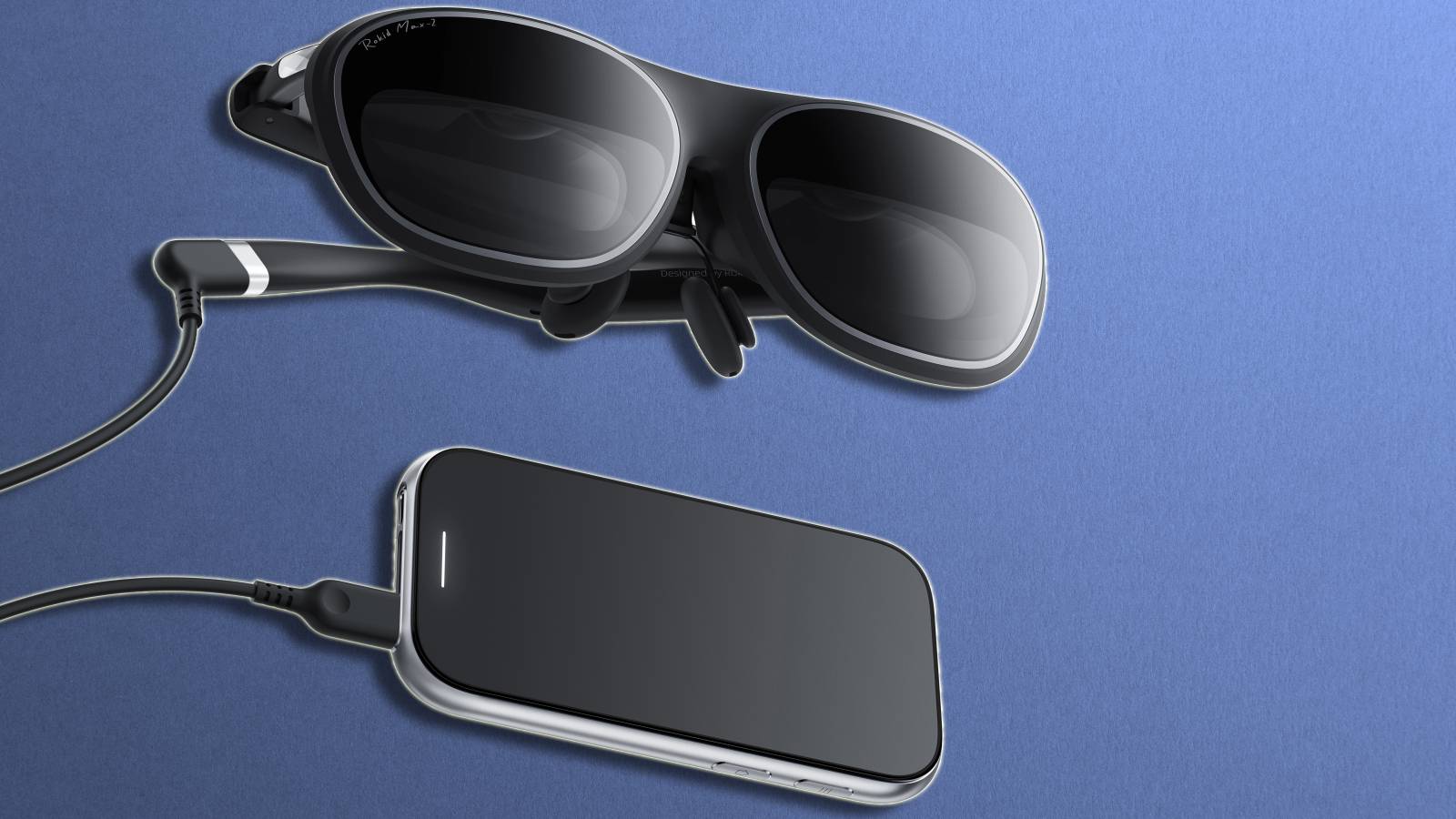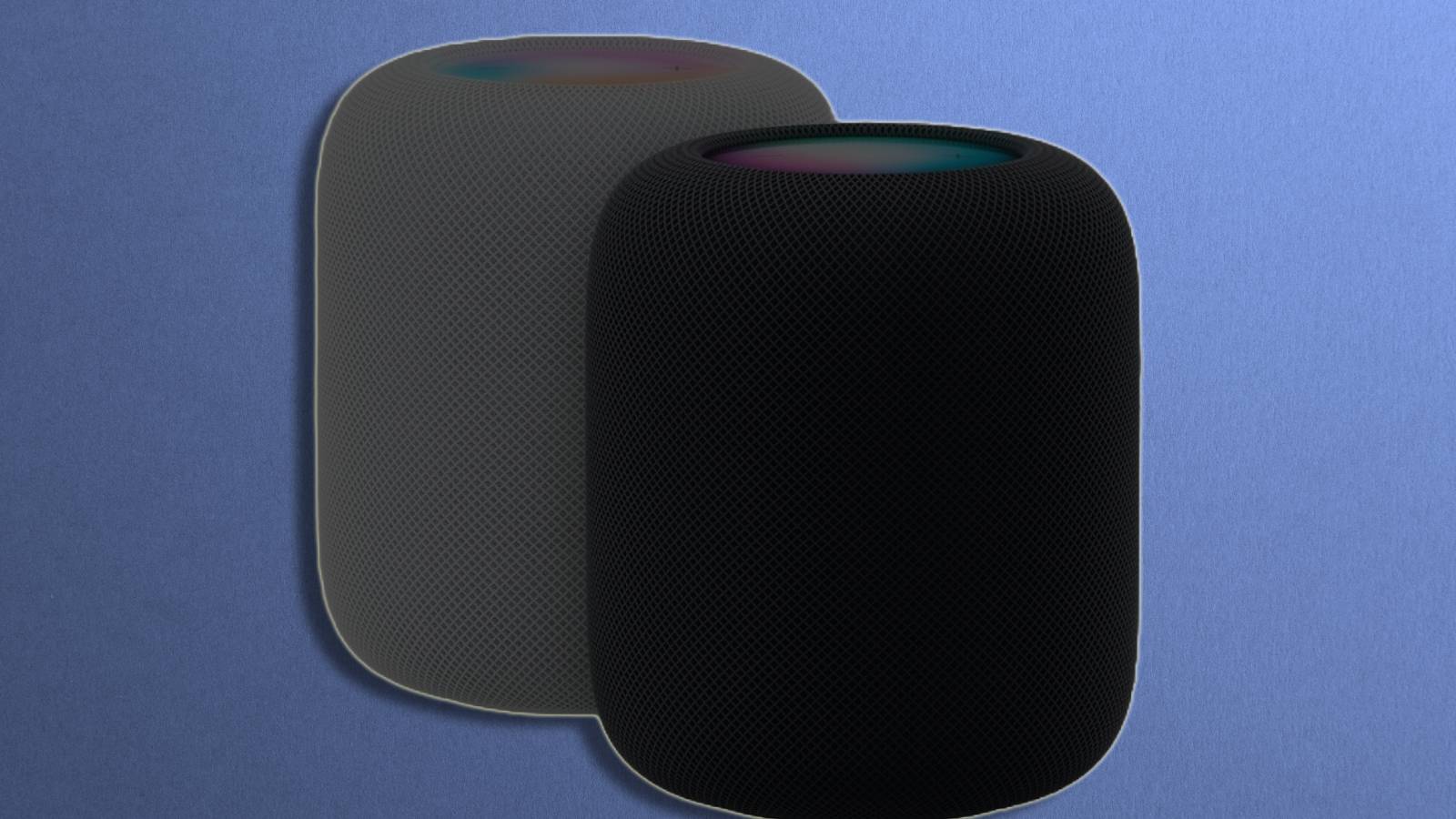What are open-ear headphones? New tech explained
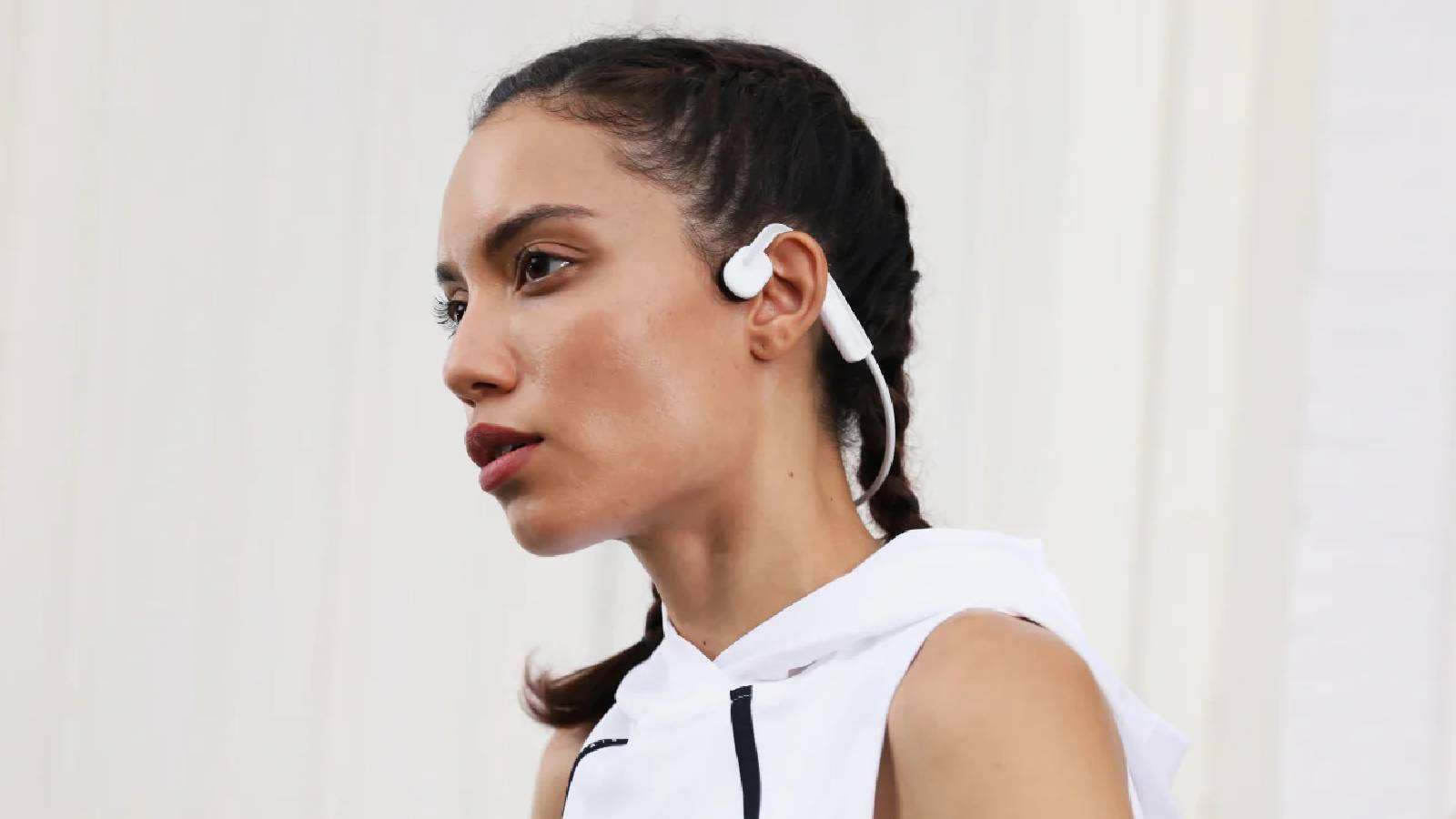 Shokz
ShokzWondering what open-ear headphones and earbuds are? Don’t worry, as we explain all about the new tech, and why brands are rushing to release products in this new category.
There’s a sudden surge of brands introducing open-ear headphones or earbuds. We’ve seen products from Sony and Huawei, and recently, Bose introduced Ultra open earbuds.
So, if you’ve been intrigued by these oddly designed open-ear earbuds and wondering if these headphones are beneficial to a regular user, you’re not alone.
We’re here to break down this tech for you and help you understand if open-ear headphones are the right choice for you.
What are open-ear headphones?
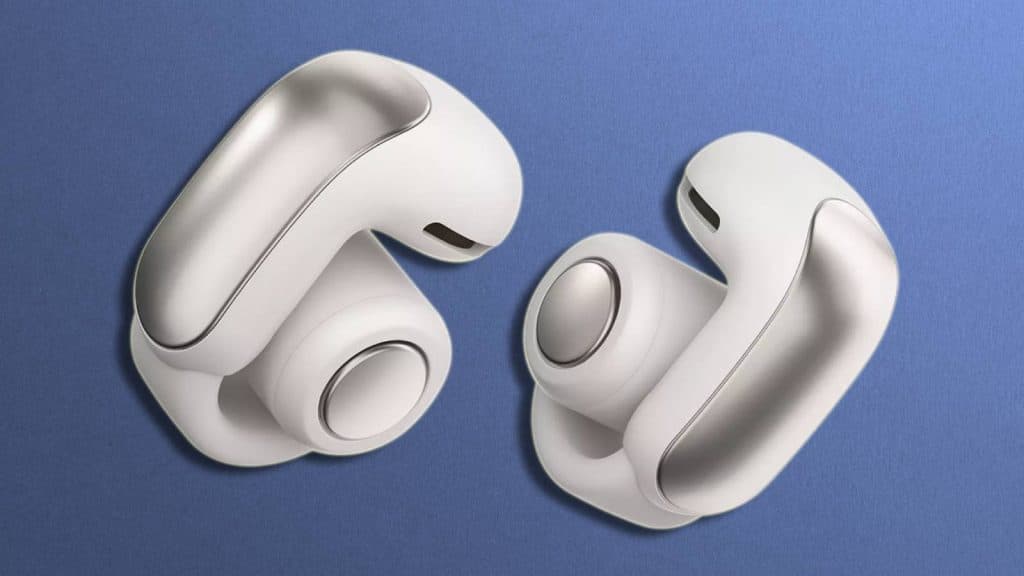 Bose
BoseOpen–ear headphones rest near your ears, without covering them fully and offer sound without obstructing your ear canal. These headphones allow external noise to pass through, meaning you do not need “transparency mode” to communicate with someone nearby.
In other words, open-ear earbuds don’t seal your ear canal and let you be more aware of your surroundings. These headphones are mostly preferred by people with an active lifestyle. Since these headphones sit outside your ears, they are incredibly comfortable, and long-term usage doesn’t result in fatigue. Bone conduction headphones are a also type of open-ear headphones.
While open-ear headphones might sound like a revolutionary new technology, they’ve actually been around for quite some time. They offer a distinct listening experience with their own set of advantages and limitations.
How do open-ear headphones work?
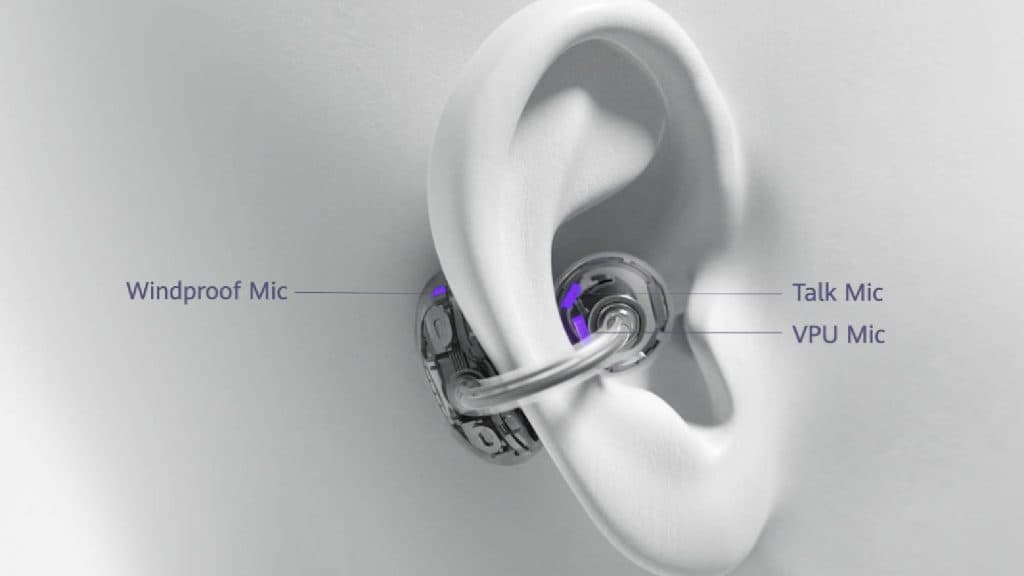 Huawei
HuaweiOpen-ear headphones use speakers positioned outside and close to your ear canal. These directional speakers generate sound waves that travel through the air, reaching your eardrums like traditional headphones.
This design allows Open-ear headphones to house bigger batteries than regular earbuds. However, since they don’t create a complete seal, ambient noise finds its way into your ear canals, mixing with the audio from the headphones.
Benefits of open-ear headphones
While traditional earphones have benefits, including better noise isolation and cancellation, better bass, and audiophile-grade output, since audio doesn’t pass through the open environment, traditional headphones are better at maintaining privacy.
That said, open-ear earbuds have a unique set of advantages. They offer a sense of security because the wearer is not cut off from their surroundings; they’ll be aware of an approaching vehicle or someone trying to communicate. With open-ear headphones, it is easy to pick up verbal warnings, and you’ll be more aware of what is going around you.
Open-ear headphones are designed for extended wear. As they allow air to circulate freely, they don’t trap heat and moisture, reducing sweat build-up around the ears. This results in better ear hygiene and fewer chances of ear infections.
Should you buy them?
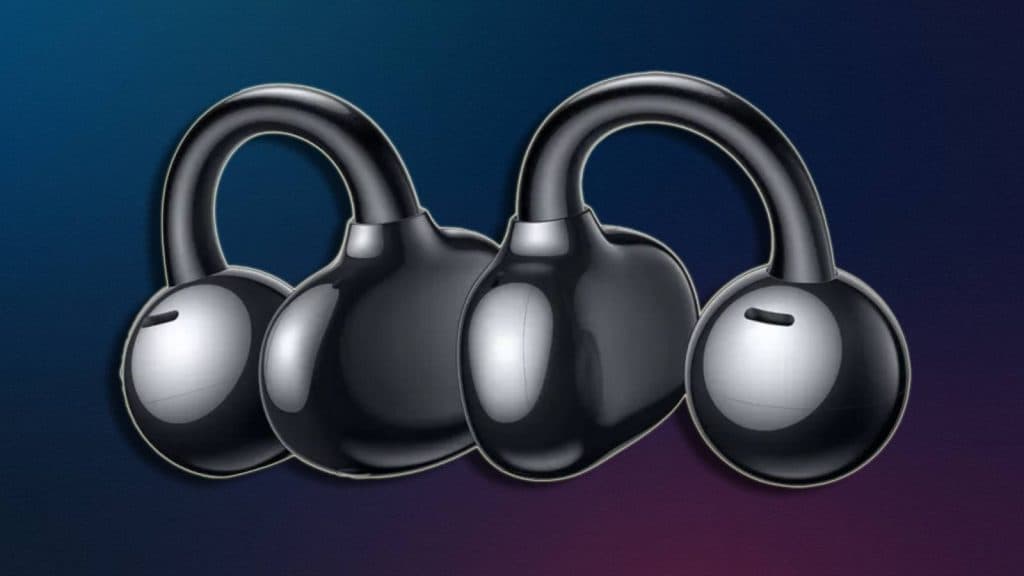 Huawei
HuaweiThe decision to buy open-ear headphones depends on your usage and expectations of the headphones.
These headphones are ideal for people who like to wear earbuds or headphones while working out, hiking, or going to the gym because safety is their top priority. If you plan to wear headphones for extended periods, then open-ear headphones will also be perfect.
However, if privacy, noise cancellation, and superior audio oputput sit at the top of your requirement lists, you should look at traditional headphones or earbuds.
If you click on a product link on this page, we may earn a small affiliate commission.
